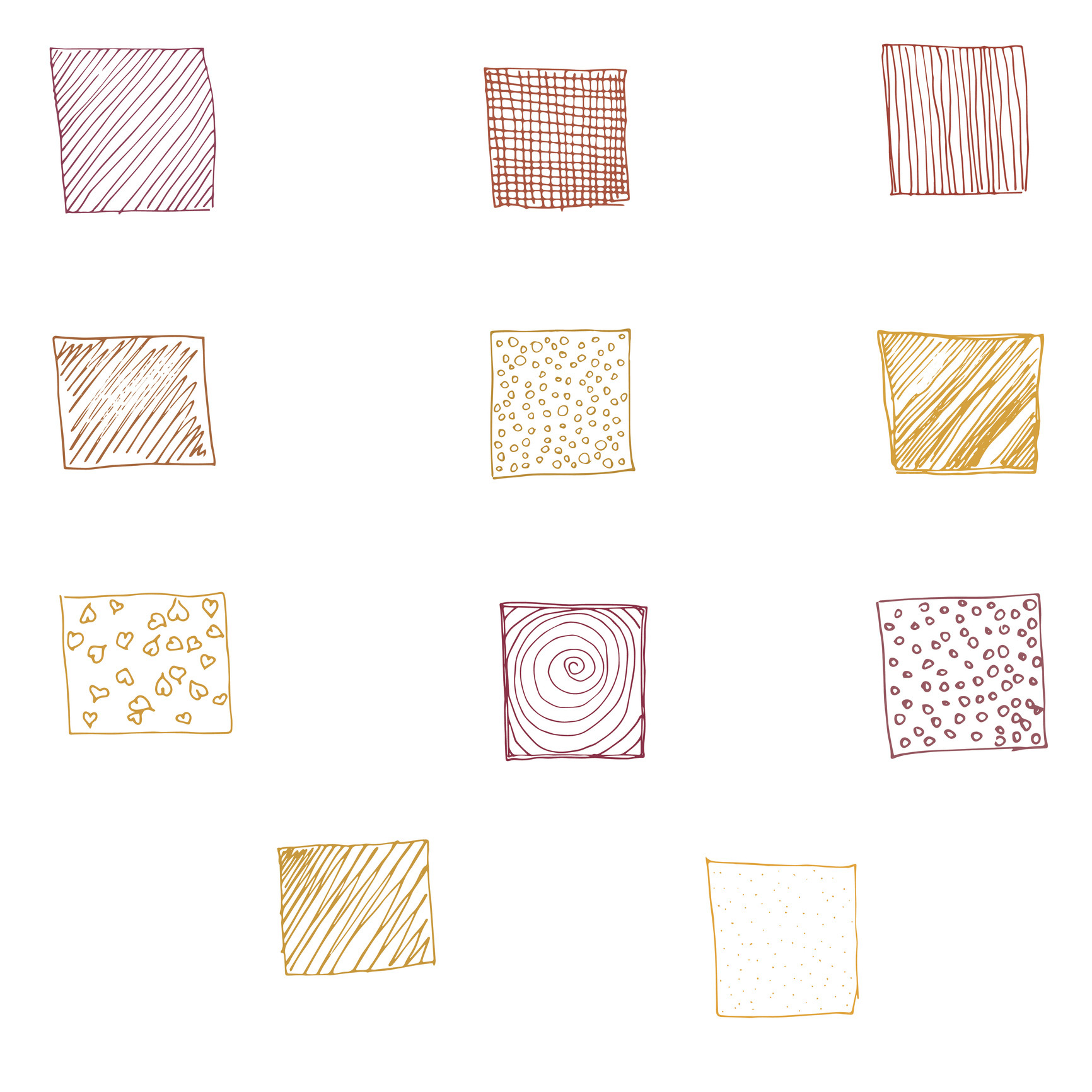The "thinking" benefits of doodling

Follow me on Twitter @srinipillay
Have you ever found yourself listening to something really boring, then wafting off into your own mind, your hand scribbling random things on a piece of paper in front of you? Whether it's a conference call or a tedious lecture, being all ears can be a challenge when your hands want to be a part of the moment. Nobody is immune to this either. Even American presidents have found themselves sketching away: 26 of 44 American Presidents doodled, from Theodore Roosevelt, who doodled animals and children, to Ronald Reagan, who doodled cowboys and football players, and John F. Kennedy, who doodled dominoes. Traditionally, we have thought of these doodles as a sign of distraction — an indication that your mind was not where it was supposed to be. Yet, recent research has shown that doodling is not an enemy of attention; it may in fact be a friend.
Doodling and memory
In 2009, psychologist Jackie Andrade asked 40 people to monitor a 2-½ minute dull and rambling voice mail message. Half of the group doodled while they did this (they shaded in a shape), and the other half did not. They were not aware that their memories would be tested after the call. Surprisingly, when both groups were asked to recall details from the call, those that doodled were better at paying attention to the message and recalling the details. They recalled 29% more information!
While there are no definitive reasons for why this occurred, we are learning more about how this can happen. When you're bored, your fight-or-flight system will do all that it can to rally and stay alert. Doodling (a form of fidgeting) may be a last-ditch attempt at staying awake and attentive. Doodling keeps you from falling asleep, or simply staring blankly when your brain has already turned off. The permission to "free-draw" keeps your brain online just a little while longer.
In addition, paying continuous attention places a strain on the brain, and doodling may be just the break your brain needs to keep attending without losing total interest. A report on the learning styles of medical students (who generally have to absorb large amounts of information) indicated that even they may find doodling helpful, as long as they limit the time they do it. A simple 30-minute doodle helps them remember information, fills in gaps in their thinking, and provides a much-needed reprieve from the loads of information they must wade through.
Doodling for stress relief and improved focus
Spontaneous drawings may also relieve psychological distress, making it easier to attend to things. We like to make sense of our lives by making up coherent stories, but sometimes there are gaps that cannot be filled, no matter how hard we try. Doodles fill these gaps, possibly by activating the brain's "time travel machine," allowing it to find lost puzzle pieces of memories, bringing them to the present, and making the picture of our lives more whole again. With this greater sense of self and meaning, we may be able to feel more relaxed and concentrate more.
Although doodles may look like a scribble, random words that make no sense, or a partial face that suddenly becomes something extraterrestrial, they are not quite as random as we might think. Dr. Robert Burns, the former director of the Institute for Human Development at the University of Seattle, uses doodles to diagnose the emotional problems of his patients. He believes that doodles can reveal what is going on in the unconscious. He asserts that, in the same way that EEG leads transmit brain activity to a piece of paper, your hand also does the same. Many other doodle researchers would agree.
It seems then that if you're struggling to concentrate, find yourself stuck or feeling "incomplete," a time-limited doodle expedition could be just the thing you are looking for. It will likely activate your brain's "unfocus" circuits, give your "focus" circuits a break, and allow you to more creatively and tirelessly solve a problem at hand.
Disclaimer:
As a service to our readers, Harvard Health Publishing provides access to our library of archived content. Please note the date of last review or update on all articles.
No content on this site, regardless of date, should ever be used as a substitute for direct medical advice from your doctor or other qualified clinician.















